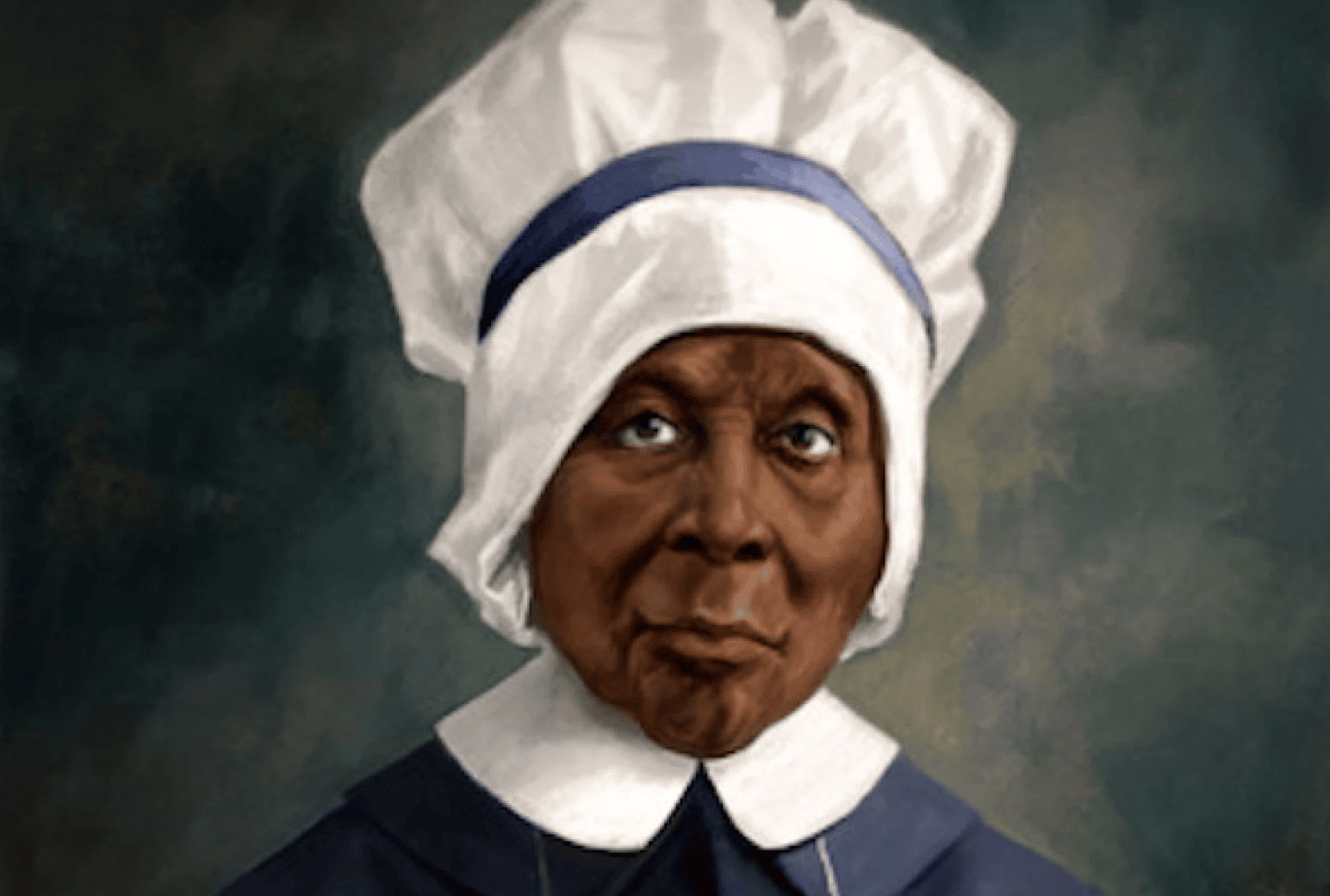A model of holiness in times of plague and racial strife
Little is known about Elizabeth Lange’s early years. Likely born in Santiago de Cuba, she was known to be of African descent, though she once described herself as “French to my soul.” She immigrated to the U.S., probably in part due to an 1808 government mandate for non-Spanish Cuban residents to swear loyalty to the Spanish king.
Lange settled in Baltimore, where she offered free education for African American children out of her home at a time when no such education existed in Maryland.
In 1828, Lange was persuaded by Sulpician Father James Joubert to start a school serving girls of color. Along with her friend, Magdaleine Balas, Lange accepted the challenge. Eventually, Father Joubert decided it would be best to inaugurate a women’s congregation of religious sisters to operate the school. And with that, the Oblate Sisters of Providence became a reality at a time when there was no convent in the country willing to accept women of color.
With Mother Mary Elizabeth Lange as the first superior, the Oblate Sisters of Providence were established in 1829, the first successful congregation for African American women in the United States. With Mother Lange’s pioneering vision and holy example, the Oblate sisters persevered through great difficulties and offered their lives in service to all in need, especially to pupils, orphans and widows, the sick, and those in spiritual need.
They faced many obstacles, not the least of which were some Catholics who believed “colored” women should not wear a religious habit. In a short time, however, the community and its apostolate grew.
Mother Lange’s care for the less fortunate and marginalized knew no bounds. In 1832, when Baltimore was struck with a cholera epidemic, Mother Lange and several other sisters offered to care for victims of the mysterious disease. And she bore her own difficulties with an abiding trust in God’s will.
There are few known details about Mother Lange’s later years. She spent many of them ill, typically confined to her room. Despite the odds and no matter the obstacle, Mother Lange consistently persevered while trusting in God’s provident hand.
Mother Lange died on Feb. 3, 1882. A cause of canonization formally was opened in 1991, and her earthly remains were relocated to the motherhouse chapel of the Oblate Sisters of Providence in 2013.
–from Angelus News
Go deeper with Michael Heinlein…
Read pages 67-78 of Black Catholics on the Road to Sainthood. Writing and reflecting on Servant of God Mother Mary Lange, Michael Heinlein and Gloria Purvis help us deepen our understanding of the power of trusting in God’s promises.
Did you know?
During Mother Lange’s time, there was no convent in the country willing to accept women of color.
In what ways can we learn from Mary Lange’s trust in God’s providence?

